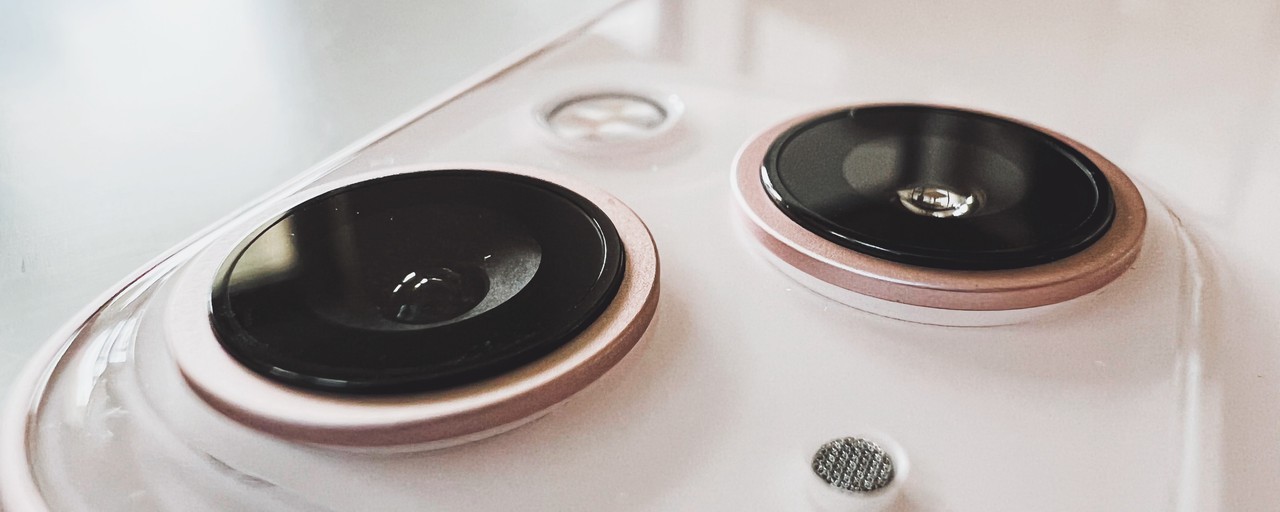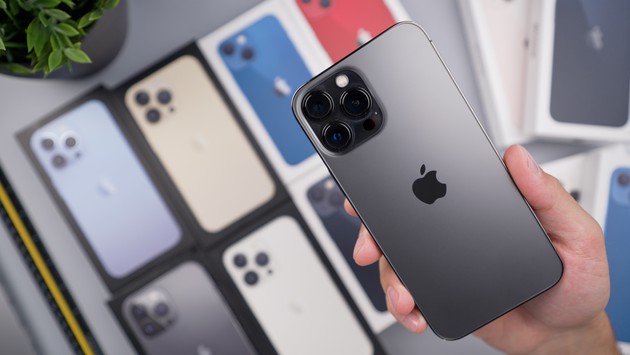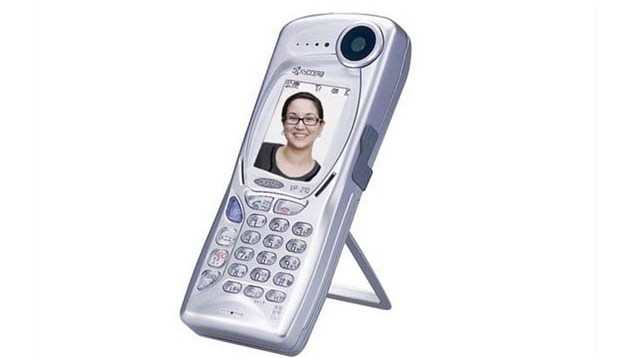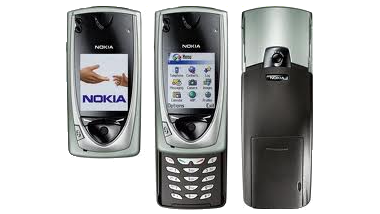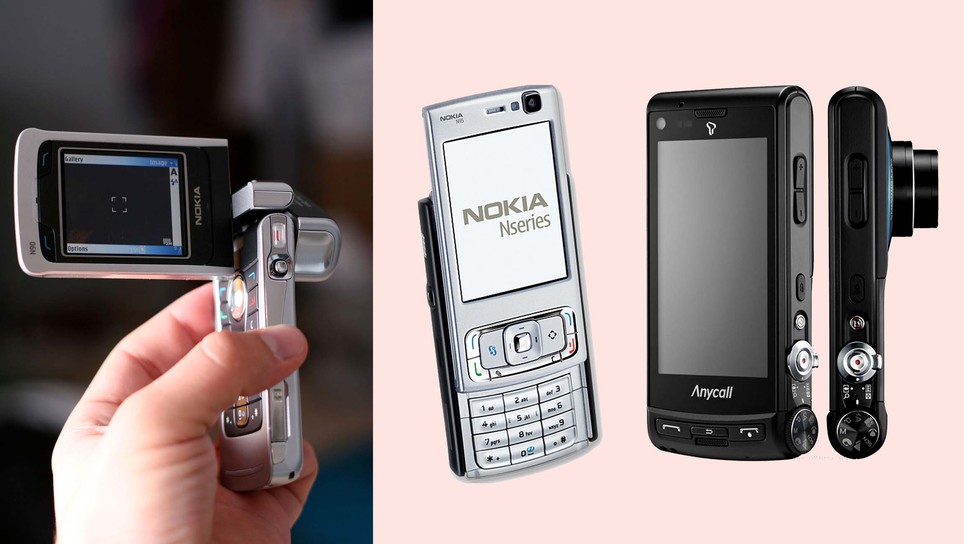Big tech phone companies are definitely investing a lot of money in their cameras. When taking a look into the current new arrivals on the smartphone market, one thing is crystal clear: they all have stunning cameras.
Just the tip of the iceberg of what’s new:
- Google released the Pixel 6 Pro - stunning quality, great lens and a generally great camera for outdoor textures.
- iPhone released the 13 Pro Max - allegedly one of the best smartphone cameras the world has ever seen that also allows ‘cinematic mode’.
- Xperia 1 III added different focal lengths and movable glass in their cameras - making it very apt in countless situations.
- Samsung Galaxy s21 Ultra - has five different lenses which perform solid work.
- Vivo X60 Pro Plus - has four integrated ZEISS lenses that work great for videography.
- Huawei P50 Pro - also has four lenses, is superfast, and challenges all other camera phones.
And take for example the OnePlus phones. They have always been trailblazers when it comes to their cameras. Now, they’re gonna blow minds with their newest collaboration with Hasselblad (a leading Swedish camera and lens manufacturer). When mobile phones started making cameras, collaborations like that were not uncommon, but nowadays it’s definitely special.
And then there are phones such as Xiaomi’s Mi 11 Ultra, Oppo’s Find X3 Pro, the Nokia X20 and many more. How can you possibly choose?
After this, many convergent phone/cameras started to erupt. Like Nikon’s Coolpix s800C in 2012 and Panasonic’s Lumix CM1 in 2014. They even looked like digital cameras with a big display with the ability to call and text.
One important change in the mobile phone industry stalled the progress in the cameras for a short while: the birth of the smartphone. The iPhone started a race with other features in smartphones: slimmer and more attractive devices that could connect to the internet.
That changed again with the arrival of the Sony Xperia Z in 2013 featuring a 13MP camera and great video capabilities. The battle of making the best camera phone was ignited once again.
The introduction of the Galaxy s5 and the iPhone 6 in 2014 elevated camera phones to a new level of photography with the help of software. What makes a smartphone better than a digital camera? It has the potential to carry a lot more software.
These last two basically evolved into what we all use today; Android and iPhone. Incredibly fast, big screens, recording video or snapping a picture in a heartbeat, sharing culture, TikTok, Instagram, YouTube - you name it. The technology of the cameras and software will keep on improving until it matches professional cameras.

